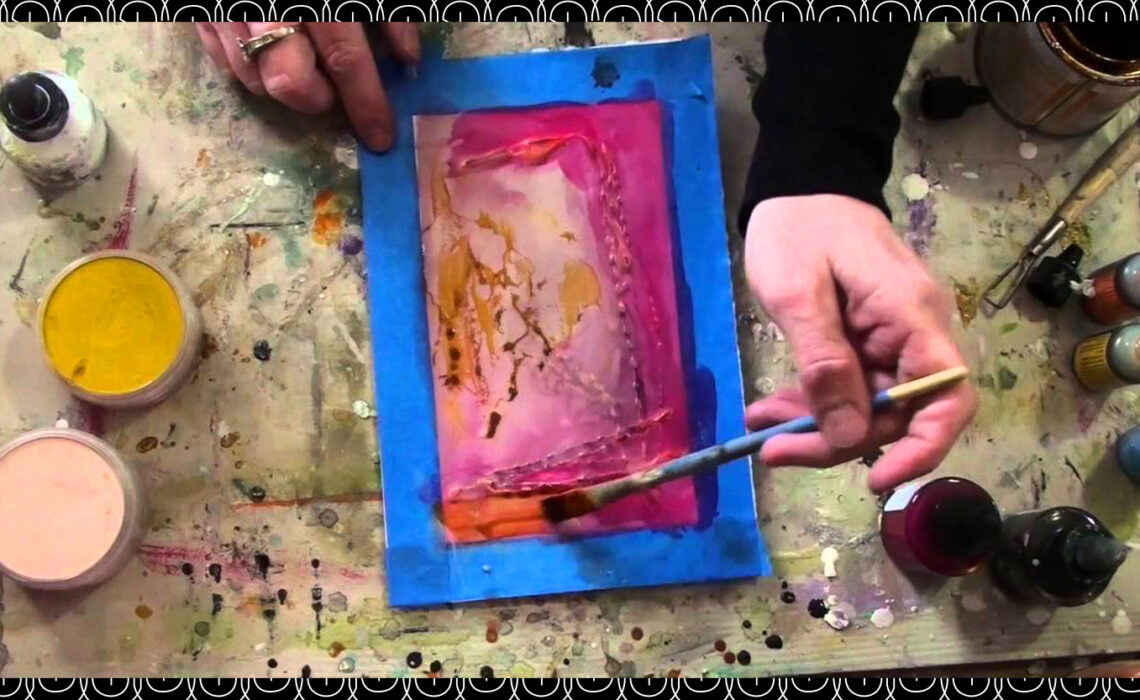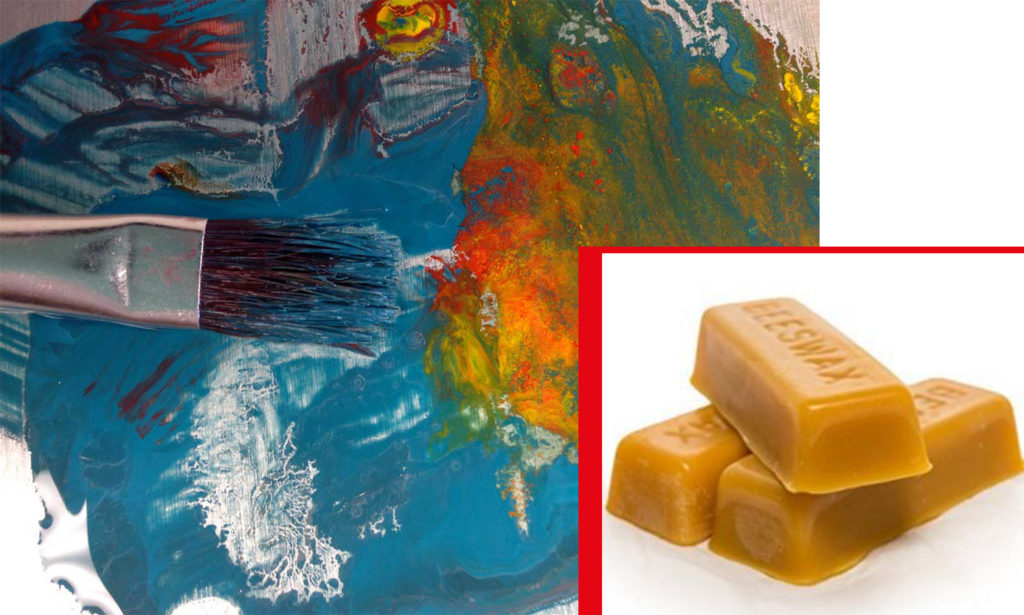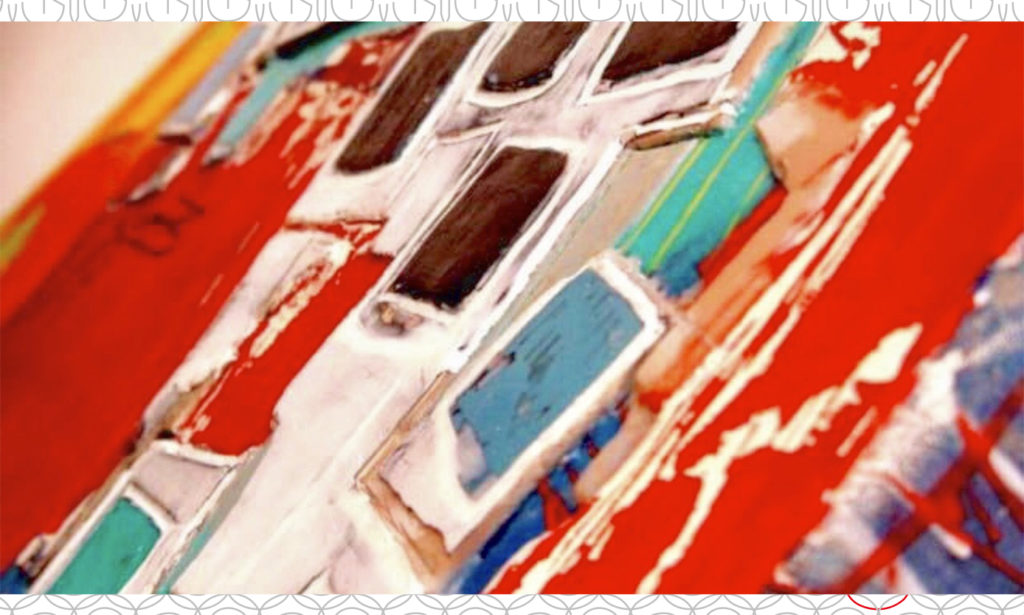
Encaustic Painting: An Ancient Art Technique
One of the world’s oldest art forms, the Greeks first used the technique “enkaustikos” (meaning, to burn in), to caulk ship hulls with wax. The success of this coating led to the use of encaustic technique to decorate the boats, and then to use in adorning sculptures, creating murals, and even used in architecture.
ENCAUSTIC USE IN ROME & EGYPT
Travel led Greek artists to Egypt, where painters created the famous Fayum funeral portraits, placed over mummies at burial. It provided surprisingly realistic results and it continued to be used in Egyptian art. Even to this day, some examples of Fayum funeral portraits are displayed in museums the pigmentation has remained remarkably fresh.
Roman historian Pliny indicated that encaustic painting was being used in the 1st century in Roman portraits and mythology paintings on panels, and aristocrats often displayed the art in their homes. Several encaustic works have been found in Roman ruins, providing evidence of impressive durability.
RENAISSANCE—BYZANTINE ART
Due to the arduous heating involved in encaustic painting, it fell out of favor during the middle ages, replaced with tempera, fresco and oil paints. Not until the 18th century did it enjoy a true revival, when archeologists discovered encaustic artifacts in Pompeii. Several European artists began exhibiting encaustic works in France. By the mid-19th century, it was being used extensively in murals. However, the time-consuming process continued to prevent increased adherents to the art form.
MODERN TIME
Abstract expressionistic artist Jasper Johns began exhibiting some encaustic artwork in the 1950’s and 1960’s, gaining attention for his pieces featuring flags, maps, and letters. Additionally, Mexican muralist Diego Rivera, hero of Latin American art and culture and husband of Frida Kahlo, used encaustic painting in his large-scale murals, including those on display in the National Palace in Mexico City and in the Cortes Palace in Cuernavaca.
ENCAUSTIC TECHNIQUE
In the encaustic painting technique, hot beeswax is used to bind colored pigments (usually a powdered resin), and applied to a surface (paper, wood). Once applied, the wax is reheated to adjust its surface, smoothing our brush marks and allowing it to fuse with the surface. Multiple layers can be applied, in varying colors, and collage materials like photos or decorative paper can also be added.
A versatile medium, encaustic painting provides a broad range of textures, and can be allowed to cool, then reheated to modify the piece. The challenges faced by artists in ancient times do not exist now, as heat lamps, irons and blow torches make the heating process quick and easy. Since the wax cools immediately but can be reheated, the artist can not only produce the work quickly, but make changes just as readily.
This adaptable practice uses no toxic chemicals—making it environmentally safe—and since the wax is impermeable, it requires little protection from the elements. Perfect to use in collages, it can be embellished with papers, photos and other textiles.
SYBARIS
When looking for beautiful encaustic paintings to add to your collection, browse our Oaxacan Strokes collection. Whether starting your journey to becoming a collector, or looking for a new relationship to support your growing collection, look to the Sybaris Collection. From our Buyer Protection and free Art Advisory Programs, to our various galleries and exclusive ARTclub offers, we can help your art shopping experience be satisfying and culturally educational.




